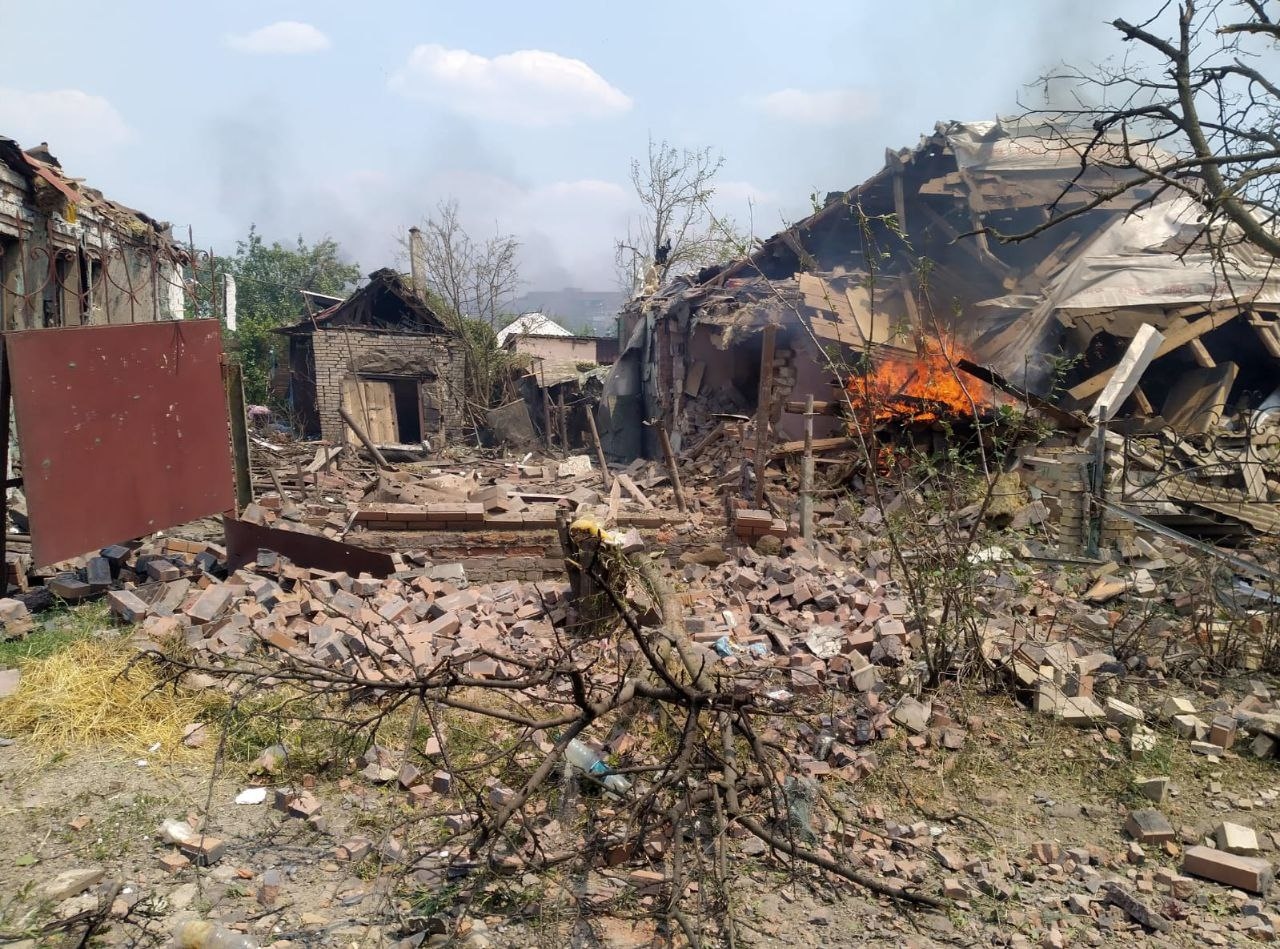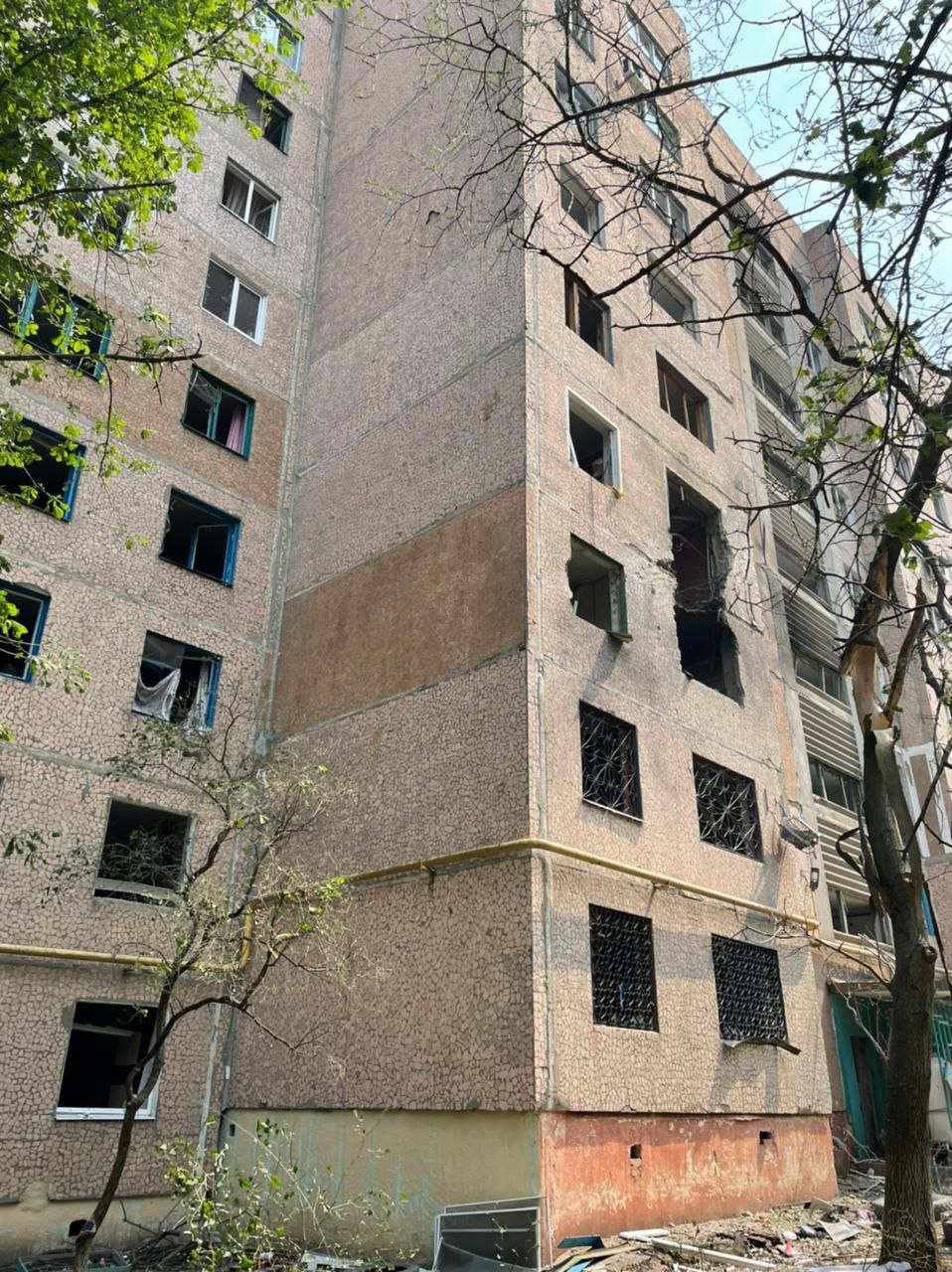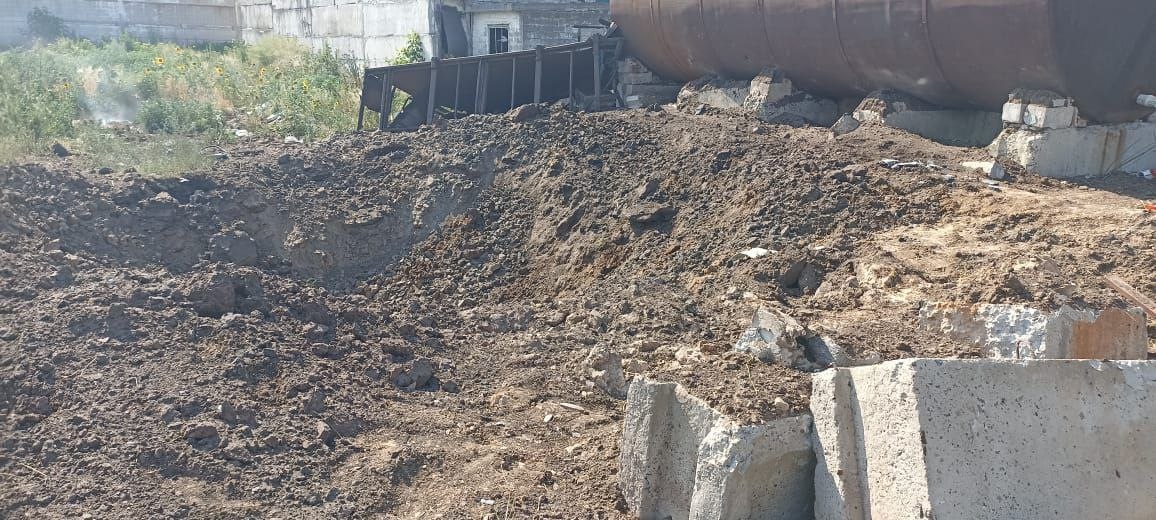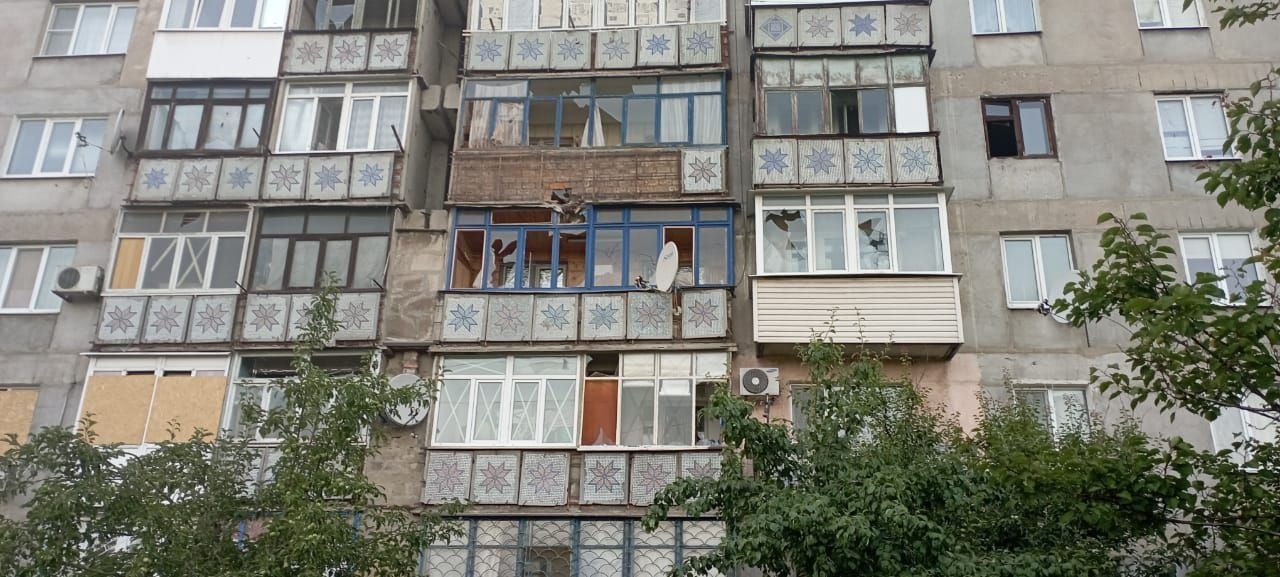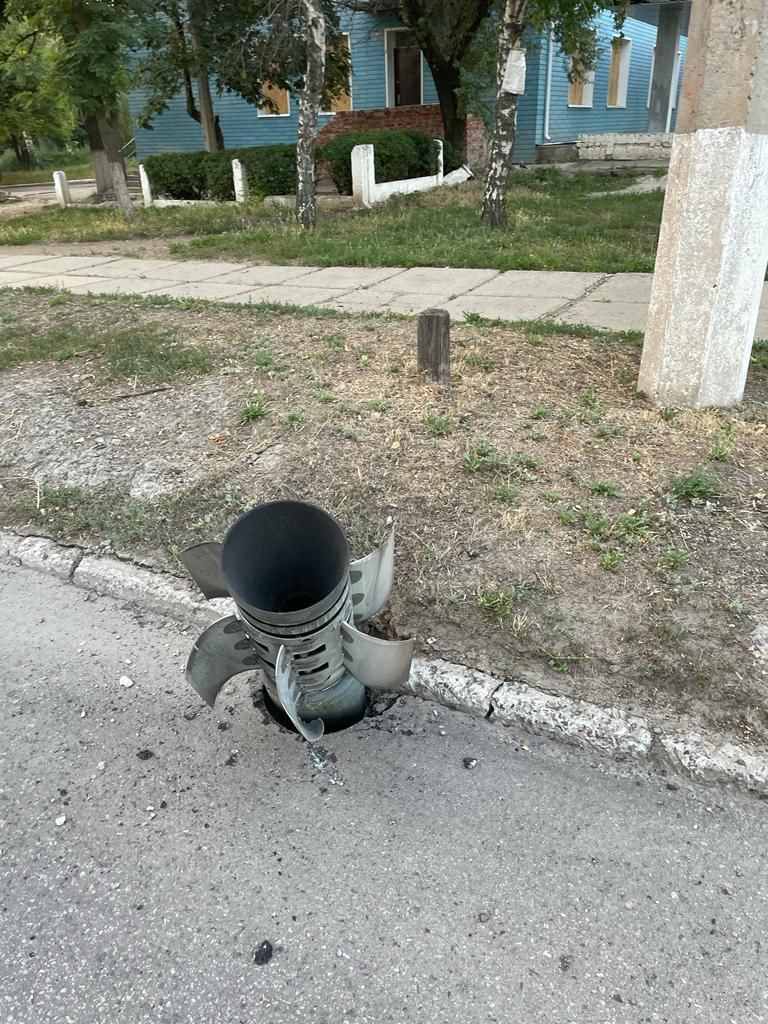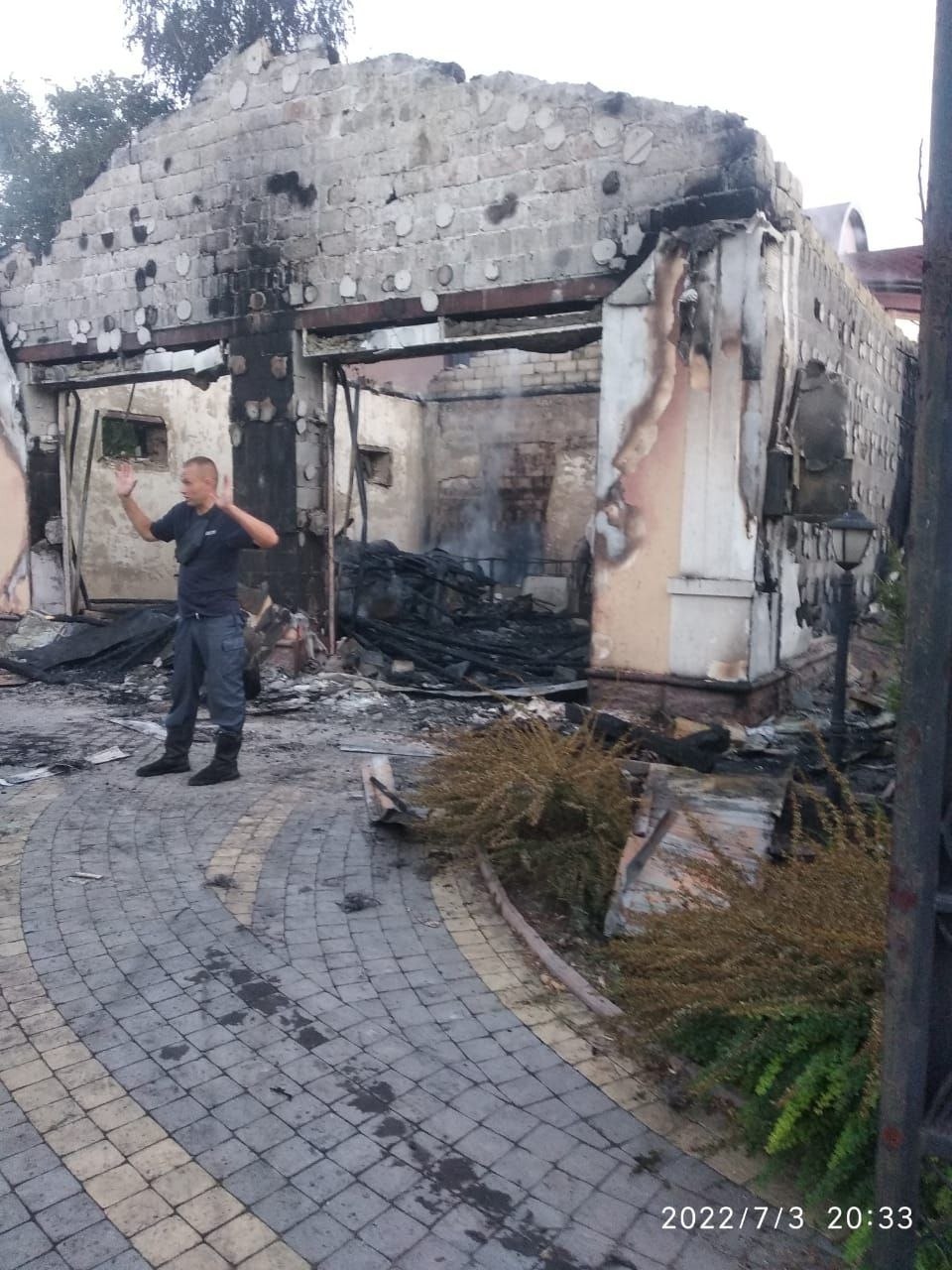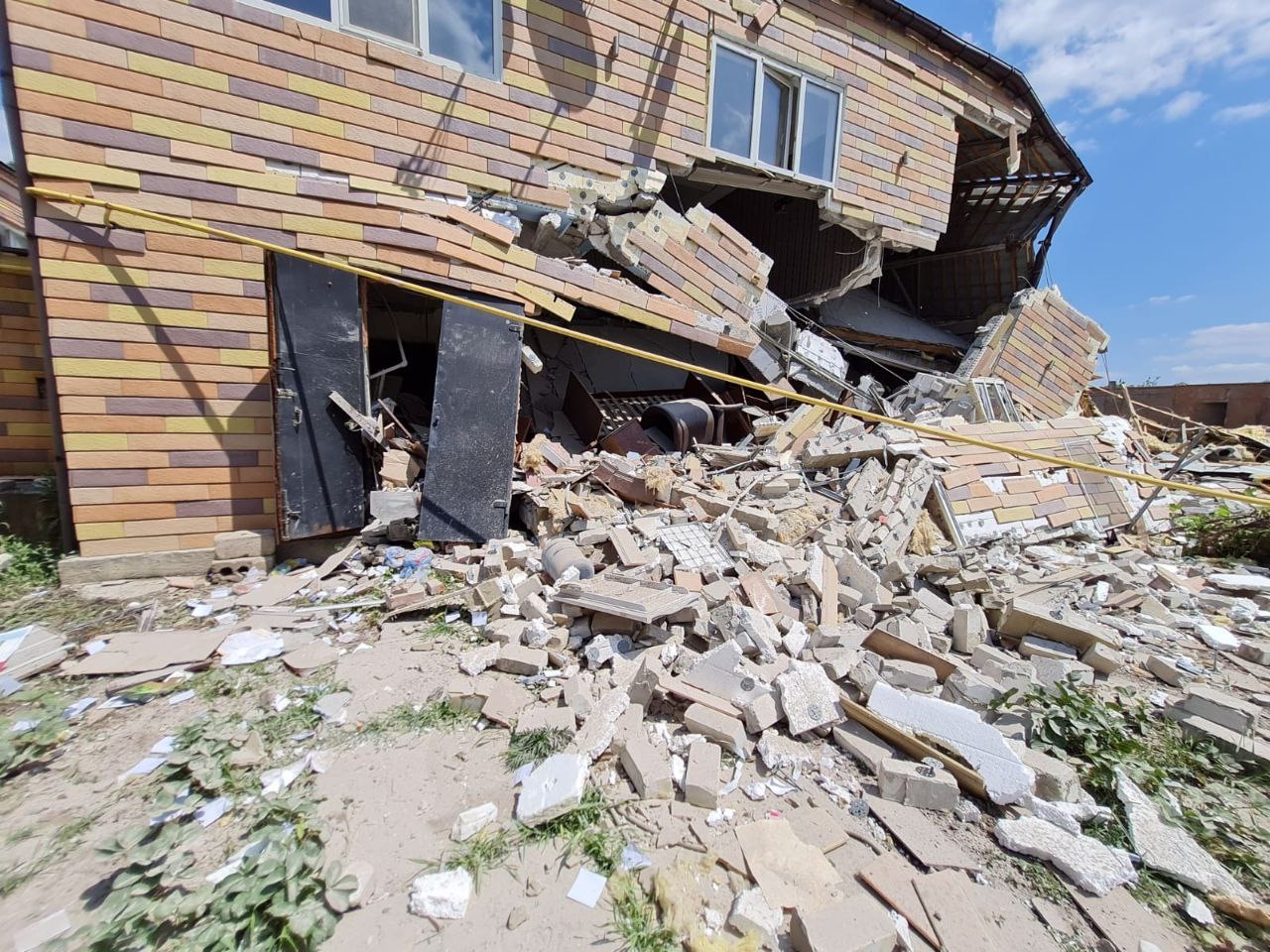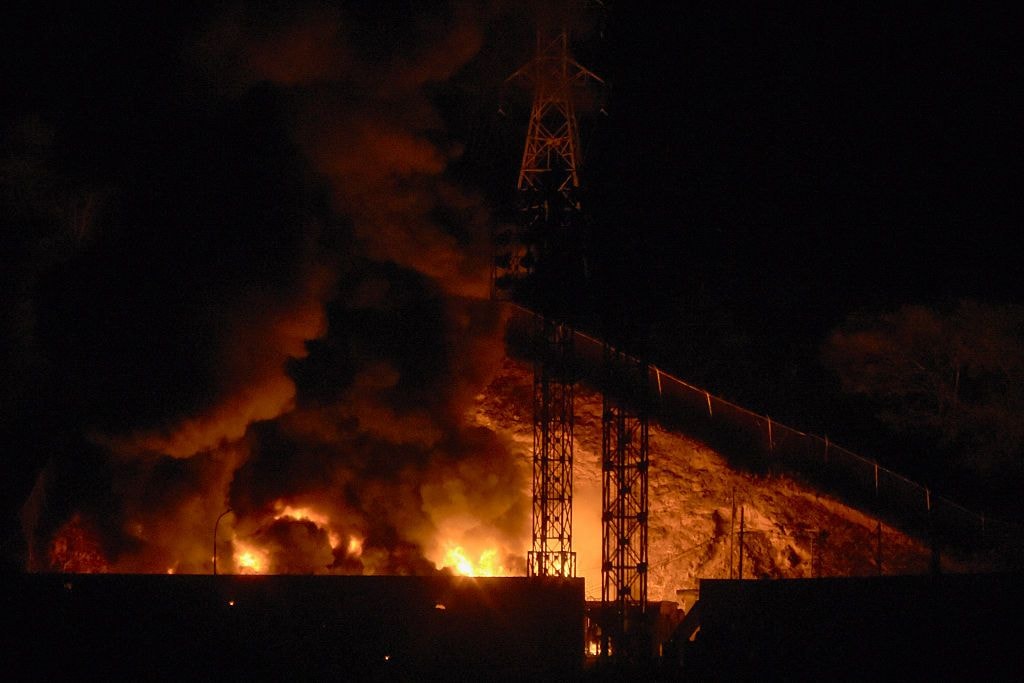Russia targets Donetsk Oblast after capturing most of Luhansk Oblast

Russia will focus on capturing all of Donetsk Oblast after seizing Lysychansk in neighboring Luhansk Oblast, Governor of Luhansk Oblast Serhiy Haidai said on July 4.
Ukrainian forces were forced to withdraw from Lysychansk, Ukraine’s last holdout in Luhansk Oblast, on July 3, after months of fierce fighting. Both sides confirmed that Russian troops had taken the city.
The latest capture brought Moscow closer to seizing the entirety of Donbas, a Kremlin war goal since failing to capture Kyiv and shifting its focus to the industrial heartland comprising Donetsk and Luhansk oblasts, where Russia has occupied territories since 2014.
Following the fall of Lysychansk, Governor of Donetsk Oblast Pavlo Kyrylenko said on July 3 that Russian forces intensified missile strikes and shelling all across the region.
As a result, at least six people, including a nine-year-old girl, were killed and 19 others were wounded on July 3 in Sloviansk, a city in Donetsk Oblast 75 kilometers west of Lysychansk, in addition to other casualties throughout the region. Sloviansk Mayor Vadym Liakh said the attack was the heaviest shelling to hit the front-line city “in a long time,” causing nearly 15 fires and damaging 40 residential buildings in the city – all on July 3 alone.
As of July 4, Kyrylenko said that at least 563 civilians have been killed and another 1,467 injured due to the incessant Russian shelling and bombardment in Donetsk Oblast. However, the governor said it is impossible to know the total number of casualties in the region, as cities like Mariupol and Volnovakha are currently occupied by Russia.
Ukraine’s Interior Ministry also reported on July 4 that Russia had shelled 18 settlements in Donetsk Oblast over the past 24 hours using multiple rocket launchers, including Grad, Uragan, Smerch, and Tornado, as well as aircraft.
Russia already controls nearly half of Donetsk Oblast, including the key port city of Mariupol which fell after a months-long siege. Moscow’s forces are expected to use Lysychansk to grind into the neighboring region with offenses in the cities of Sloviansk, Kramatorsk and Bakhmut.

Russian forces will likely advance on the city of Siversk in Donetsk Oblast, though there is also the possibility that they could launch more significant attacks on Bakhmut or Sloviansk instead or simultaneously, the Washington-based think tank Institute for the Study of War (ISW) said on July 3.
A woman from Siversk told AFP that the city 30 kilometers west of Lysychansk saw “intense” overnight shelling, explaining that the Russian military was “shooting from all sides.”
According to the ISW report, Russian forces had already launched offensives on northeast of Bakhmut and north of Sloviansk but failed to secure new territorial gains.
The ISW also said that Russian forces had seized the remaining territory between Lysychansk and the administrative border of Luhansk Oblast on July 3, closing in on Donetsk Oblast.
No official announcement has come from Ukraine’s military regarding the fall of the entirety of Luhansk Oblast and its Governor Haidai said on July 4 that Ukrainian troops are still defending “a small part” of the region, a strategy he explained would give Kyiv time to strengthen its line of defense in Donetsk Oblast.
Nonetheless, Russian forces are likely to establish control over the remaining territory of Luhansk Oblast “in the coming days,” the ISW said on July 2. To step up Ukraine’s defense efforts in Donetsk Oblast, President Volodymyr Zelensky on July 4 signed a decree to establish 14 local military administrations, including in Donetsk Oblast’s cities of Bakhmut, Kramatorsk, Siversk and Lyman, while also appointing a leader for each.
“With this decision (in place), it will be much easier for us to carry out military tasks and support the life of communities in the region,” Governor Kyrylenko said.

